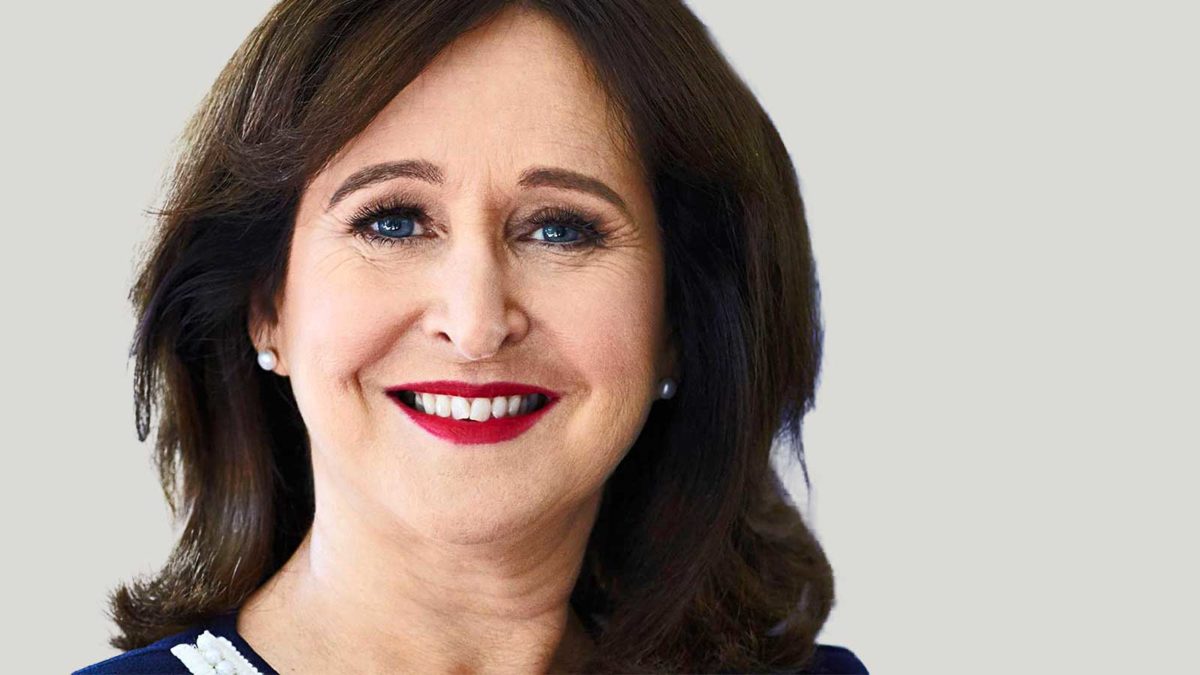Why the super party might be over
Strong super returns are about to encounter significant headwinds. And with the government prowling for more money, funds might once again foot the bill.
It’s no secret that market conditions have been enormously supportive over the last decade – and that super has been one of the biggest beneficiaries of those conditions, particularly through 2020, with plenty of self-congratulatory press releases highlighting their double-digit returns. But going forward, the “trend is no longer going to be (their) friend.”
“You have had an artificial tailwind,” Chris Richardson, partner at Deloitte Access Economics, told the “Australian Financial Review” superannuation summit on Monday (November 22). “The sector was born at a time when interest rates were essentially the highest in human history, and as they’ve dropped now to an artificial low level, that long decline has been a beautiful tailwind for you. And into the future, that tailwind is gone. And to me that makes it a lot harder to succeed.”
“(Super) is sitting here at a brilliant moment. But an economist is going to be, as ever, the grump in the room and say the future may be a tad trickier than the past.”
But Australia’s biggest investors have a longer institutional memory than most, and it’s not exactly their first rodeo.
“We certainly will see challenges – interest rates, inflation, global debt – but the industry has shown incredible resilience to very complex markets,” said Debby Blakey, CEO of HESTA. “If you think of the last 20 years, we’ve navigated the global financial crisis, we’ve navigated the pandemic. I agree with Chris – obviously the falling interest rates have given that tailwind. But I think more than ever, the focus will be on excellence in terms of investment skill.”
“You can have that long-term view and stable capital, and even in a low interest rate environment the opportunity will be significant. Particularly with some of the global challenges we have to face and solve together.”
There are other problems for super to face. One is tax – particularly in a world with more complex geopolitics and the debt burden left over from fiscal stimulus deployed during the early waves of Covid-19 – and Richardson, a self-confessed “budget nerd”, believes that super could soon be required to contribute more.
“We’re not spending enough on social services, and it turns out the world is more dangerous than we thought it was… and a more dangerous world is a more expensive world. The budget is going to have to fund these extra challenges,” Richardson said. “They’re going to be on the hunt for tax money as well…. You guys have a lot of money, and there will be conversations for sure in Treasury and elsewhere, because the national balancing act has become more difficult. “
Super has of course benefited from fairly generous tax concessions, and it would hardly be the first time that funds were asked to shore up government spending. Early release was deeply controversial among funds due to the perception that they were being forced to finance a social safety net that should have been the responsibility of Treasury (not to mention the long-term problems associated with draining up to $20,000 from your super).
“It’s disappointing that we live in this land of policy uncertainty and threats of increased tax,” Blakey said. ” I’ve been in Australia 20 years, and the number of reviews, commissions, inquiries, is staggering. The unfinished business of super, I believe, is the gender gap. And the fact that women still retire with a third less super on average than men. And that, for me, is the issue that we should focus our attention on solving in terms of policy settings.”
A third, and perhaps unavoidable challenge, is that the superannuation system is going to get enormously large – and the problems that presents for deploying capital, particularly inside Australia.
“One of the biggest challenges that super is going to face is just its sheer scale vis-Ã -vis the Australian economy, vis-Ã -vis our ASX, vis-Ã -vis the availability of investible assets in this country,” said Jeremy Cooper, chairman of retirement income at Challenger. “…by 2061, the super system will grow to $34 trillion. More than twice the ASX. And that’s got a lot of implications.”
“Norges Bank (Norway’s central bank, which runs the world’s largest sovereign wealth fund) isn’t allowed to invest in Norway at all. It would overheat the economy. We’re not going to be quite in that space, but the way that this pot of money is regulated and thought about is going to have to change. But we’ve got plenty of time to do it.”











